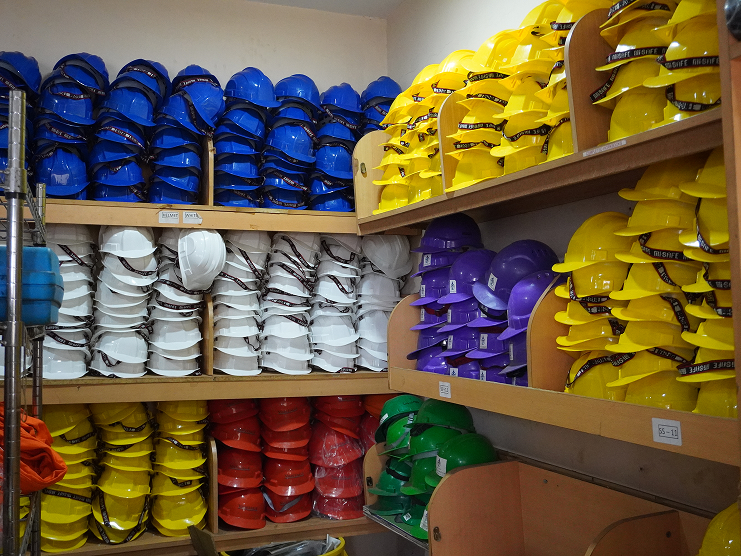Green Ship Recycling


Our Commitment to Safety, Quality & Responsibility
- ISO 45001 – Occupational Health & Safety
- ISO 14001 – Environmental Management
- ISO 9001 – Quality Management
- ISO 30000 – Ship Recycling Standards
PPE and safety belts are mandatory. All equipment undergoes regular safety checks.
An on-site first aid room is supported by 30+ trained responders. We offer semi-annual health checkups and annual exposure-based screenings to protect worker well-being.
Leading the Way in Green Steel Export
Green Steel is produced from recycled ship materials, enhancing sustainability by reducing energy use and carbon emissions.
Energy Efficiency & Environmental Impact
Steel from ship recycling uses one-third the energy of conventional production and significantly reduces carbon emissions. The scrap-based electric arc furnace (EAF) method saves 75% of CO2 compared to traditional methods.
Recycling Statistics
At Alang, 97% of ships are recycled through refurbishing and reselling. Since 1982, India has recovered over 62 million tonnes of Green Steel—equivalent to 8,400 Eiffel Towers.
Industry Contributions and Steel Quality
The ship recycling industry globally produces at least seven million tons of metal scrap annually. Recycled steel is durable, often used in agricultural machinery, and 65% is suitable for direct rerolling.
GWP Comparison
Primary rebar production emits 2,248 kg CO2eq/ton, while secondary (recycled) production emits only 283 kg CO2eq/ton.
.png)

